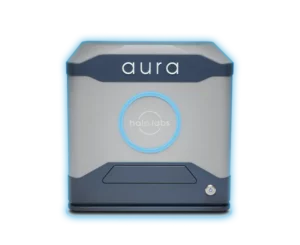ISCT – Particulates in Cell & Gene Therapy Products: A Survey and a Solution
Particulates are everywhere but do they pose a problem in cell and gene therapy products? Blood transfusion products such as red blood cells, platelets and hematopoietic stem cells have been given for decades without the report of particulate presence or their detriment to patients. But will cell & gene therapy products be as safe? Cells and genes are manufactured in complex processes, shipped over long distances and delivered intravenously, intra-muscular, intra ocular and intrathecal; with volumes ranging from 1ml to 1L. So how will this impact the patient? This webinar publishes a survey of therapy companies and service providers to determine their awareness of standards of particulate guidance documents and their CMC processes. This is followed by education of the current science of particulate detection. Panel members from the Process Development and Manufacturing Committee will then discuss the implications of the survey and field questions from the audience.
Key Learning Objectives:
The Process Development and Manufacturing Committee sent out a survey to Cell Therapy developers and service providers on commonly used regulatory guidance documents on particulates across various cell & gene therapy (CGT) product based chemistry and manufacturing controls (CMC). From the 97 respondents, lead products covered the discovery to Phase 3 clinical stage. There was incomplete or spotty awareness of the 14 documents on particulates from the European Pharmacopeia, USP and ISO standards. Administration routes covered all methods, IV, IT, IM, IO, IM and Subcutaneous. Responders were concerned about a wide variety of particulates in their process during manufacturing and packaging. They were aware of visual, microscopy, laser scattering, flow cytometry and RAMAN spectroscopy methods of particle measurements. Following this survey, the latest science on particulate detection will be presented. Panel members from the PDM committee will then discuss and field questions on the implications of these findings.


